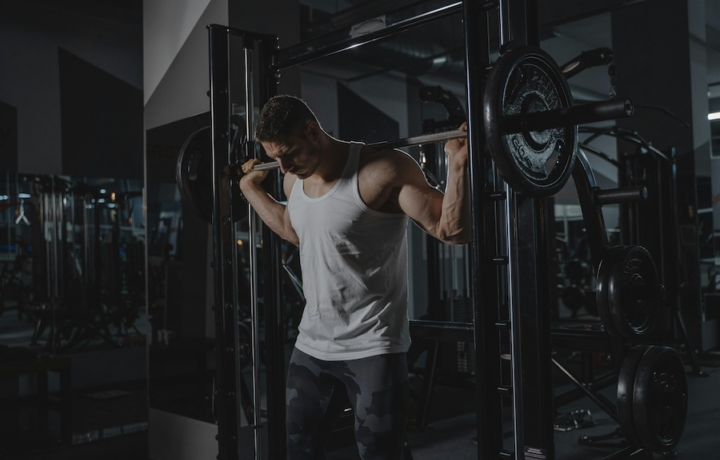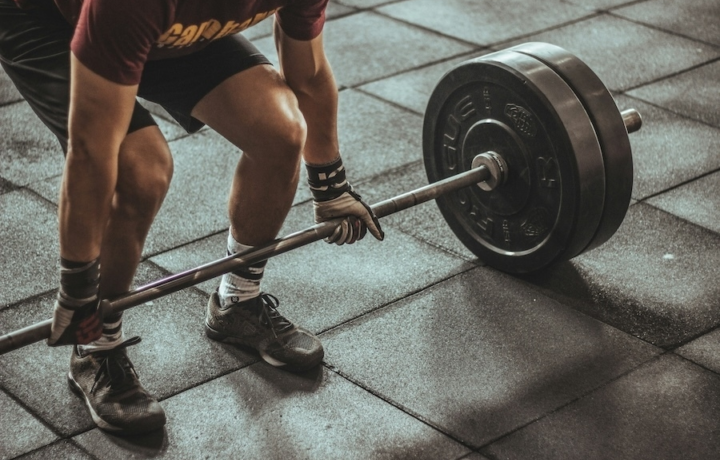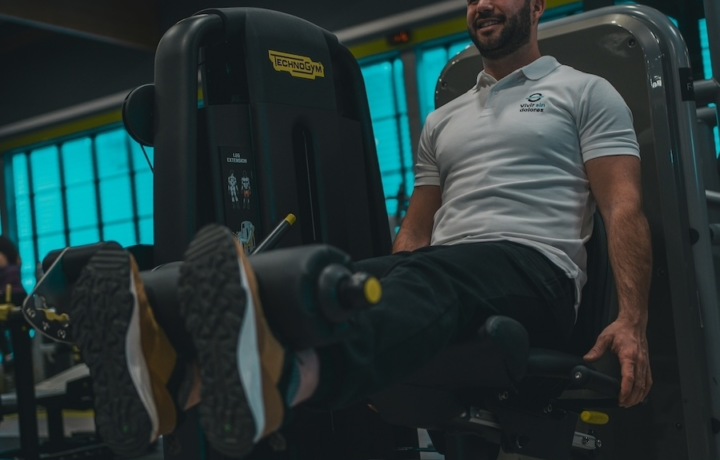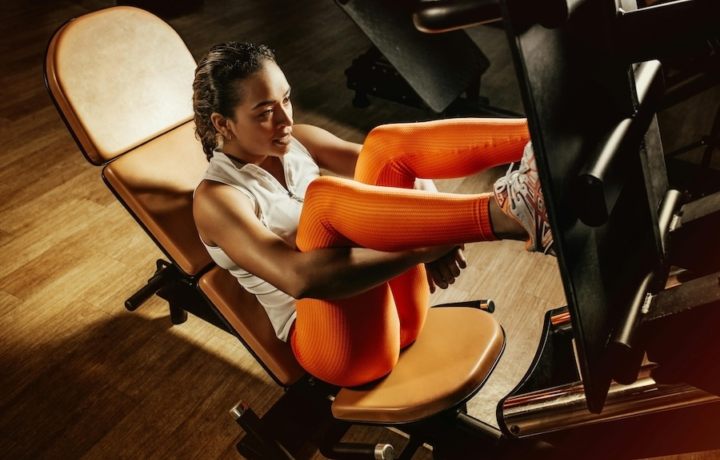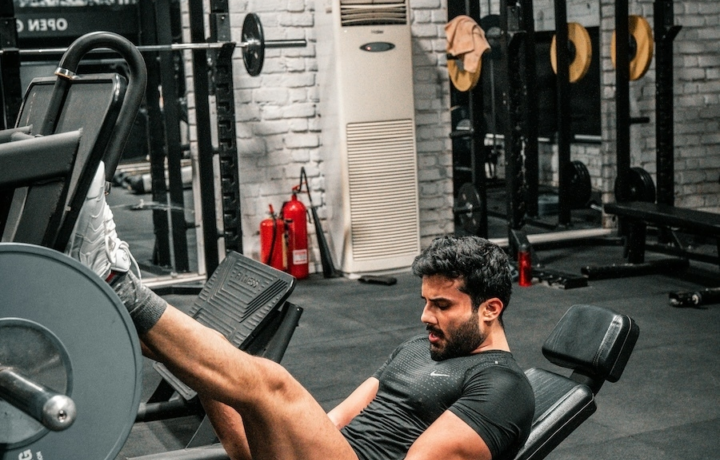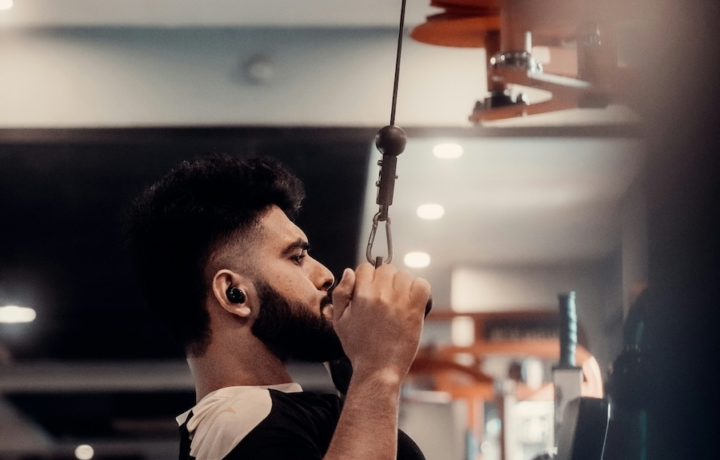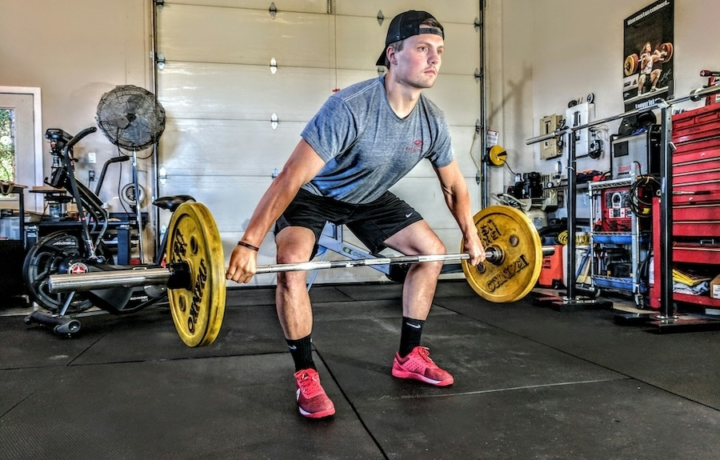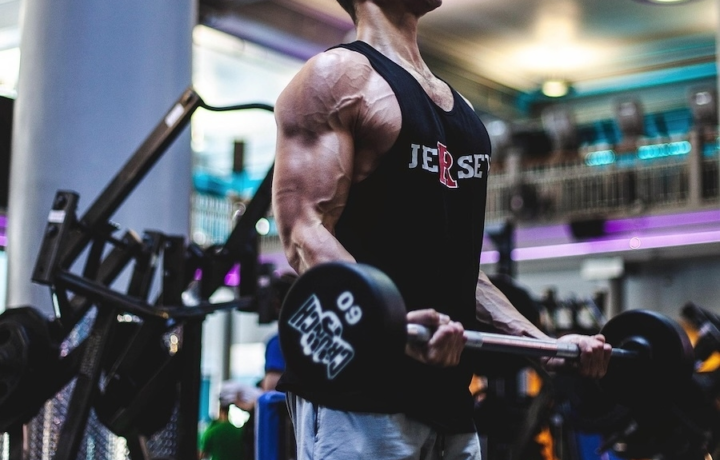For strength, balance and endurance
Best Calf workouts
Calf muscles are essential for lower leg stability, explosive movement, and balance. Calves workouts target the gastrocnemius and soleus muscles, which are responsible for plantar flexion and ankle stability. These routines include both standing and seated variations of calf raises to fully engage the entire muscle group. Whether you're aiming for athletic power, muscular definition, or injury prevention, consistent calf training is a must for complete lower body development.
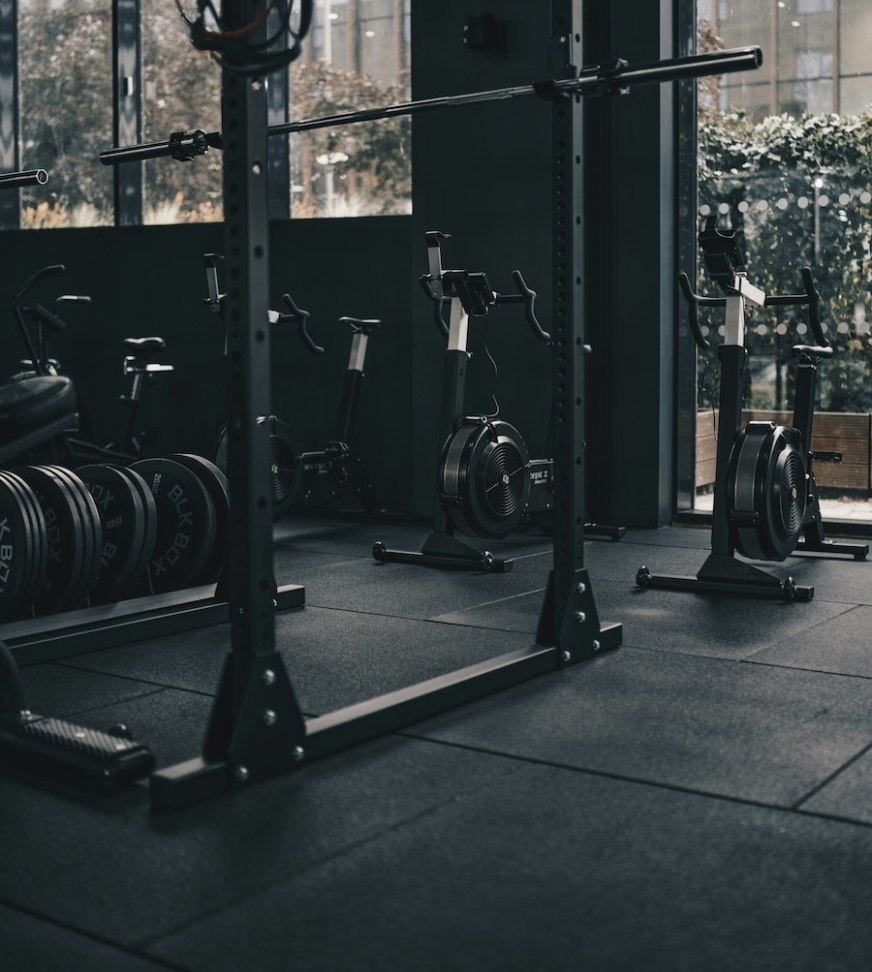
Workout 1 Calves
This workout strengthens and shapes your calves from every angle. Standing calf raises target the bigger outer calf muscles, seated raises hit the deeper soleus for fuller lower legs, and lunges build stability while keeping your legs balanced. Perfect if you want stronger calves that support your squats, sprints, and everyday movement, while also adding definition to your legs.
The benefits of calf workouts
Support explosive power, joint stability and everyday movement
Strong calves contribute to speed, agility, and better balance during walking, running, jumping, or lifting. They help stabilize the ankles and absorb shock with every step. Calves are also critical in maintaining proper posture and preventing lower limb injuries. Because they’re used daily, the calves respond well to frequent training, especially when combining heavy and high-rep work for both strength and endurance.
Built for progress
Take the guesswork out of training
Create personalized AI-powered workout plans that evolve with you. Train smarter, track every rep and keep moving forward, one workout at a time.






Workout 2 Calves
This workout builds calf strength and balance. One-leg calf raises challenge each side individually for symmetry, step-ups train both calf power and stability, and standing calf raises add volume for size and endurance. Perfect if you want stronger, more explosive calves that carry over to running, jumping, and heavy lifting.
Strong legs start from the ground up
Ready to train smarter?
You’ve just explored some of the most effective calves workouts: focused on strength, size, and endurance in one of the most stubborn muscle groups. With the app, you can follow a routine that actually moves the needle, step by step.
Frequently asked questions: best calf workouts
No. While machines like the seated calf raise or standing calf raise help isolate the muscle, bodyweight or free weight variations like single-leg calf raises, step-up calf raises, or dumbbell-loaded raises can also be very effective with proper form and control.
You can do both. Training calves at the end of leg day is common, but adding short sessions on upper body days or as finishers on cardio days can increase frequency without overloading. Just ensure you're allowing for adequate recovery between sessions.
Calves are used constantly in daily activities like walking and standing, which makes them naturally resilient. To see noticeable growth, you need to progressively overload them—by adding weight, increasing reps, or slowing down the tempo during calf raises to create more muscle tension.
Calves recover quickly due to their high endurance fiber makeup, so training them 2–4 times per week is common. Vary the intensity and rep ranges to target both strength and hypertrophy, alternating between heavy low-rep and lighter high-rep sets.
Standing calf raises target the gastrocnemius (the larger, outer calf muscle), while seated calf raises emphasize the soleus (the deeper, lower calf). Donkey calf raises and single-leg calf raises are also excellent for improving balance and increasing time under tension.
Explore more training variations
Related calf workouts
Train smarter with weekly plans







